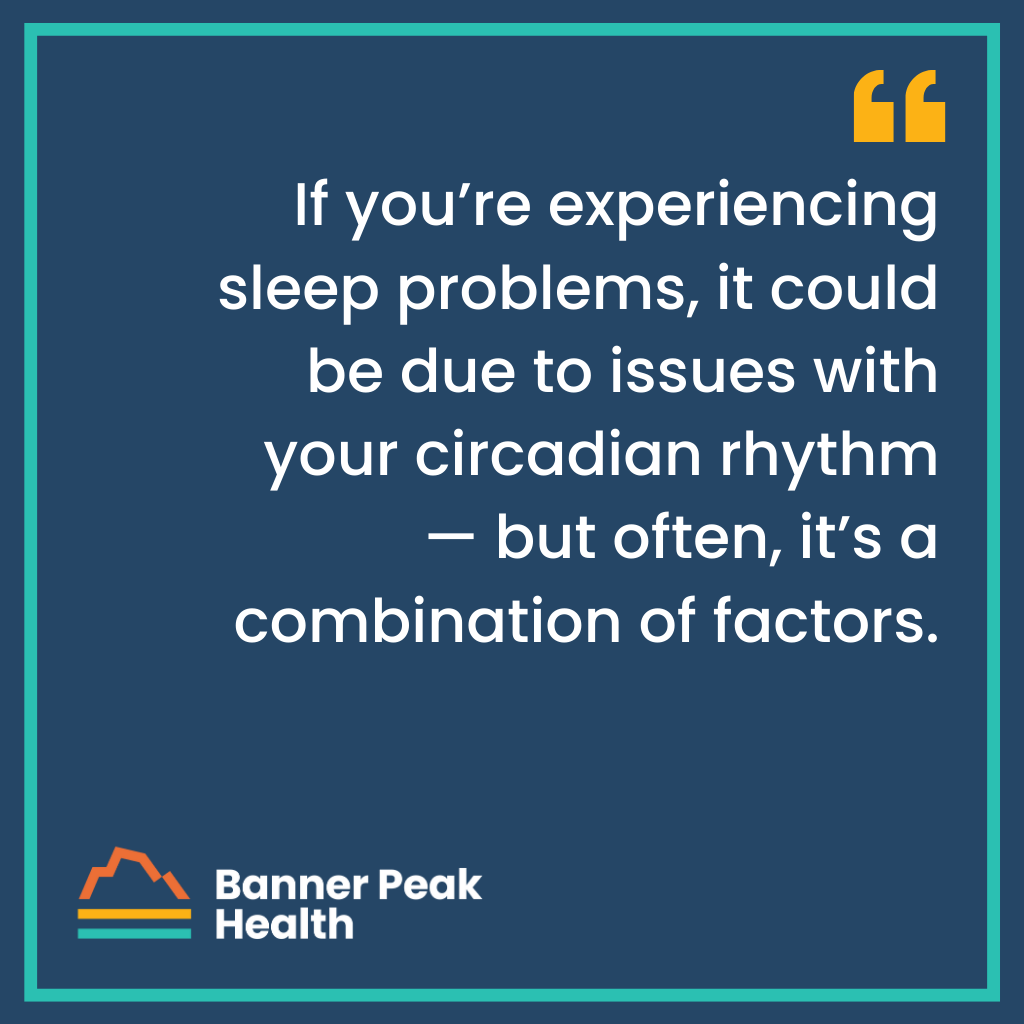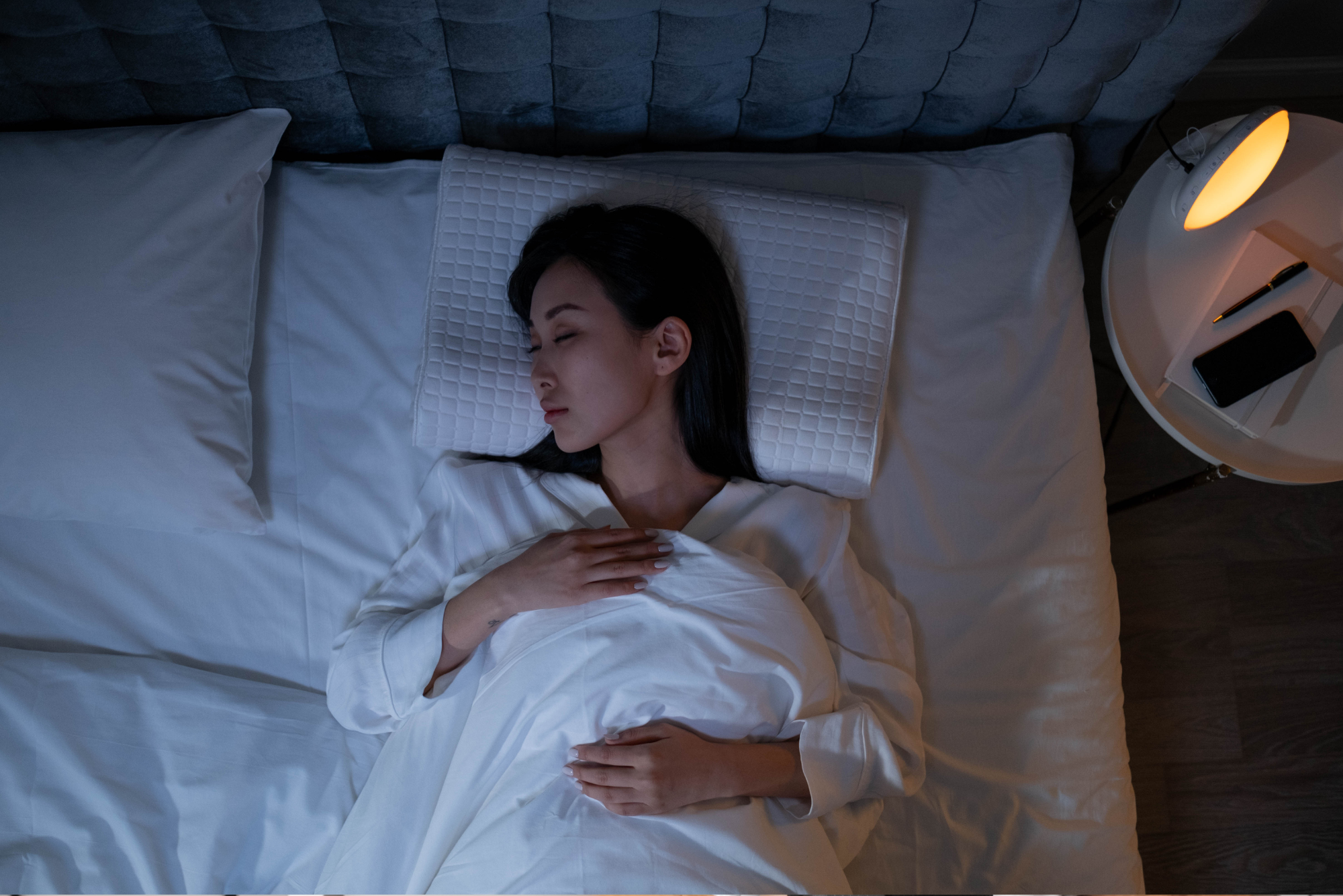Complicated problems often require complicated solutions. Problems with sleep are no exception, and they frequently require what’s called a differential diagnosis.
A differential diagnosis encourages doctors to think comprehensively across a range of possibilities to identify what factor(s) may be causing a patient’s problem. That’s how we arrive at a specific, patient-focused solution.
This is in marked opposition to what often happens in a time-pressured healthcare environment where “if-then” statements dominate. This reductionist logic boils complex problems down to linear, one-size-fits-all solutions: “If X is the problem, then Y is always the solution.”
Such reductive thinking may be fast, but it isn’t effective.
I want to clearly distinguish from this linear logic a more expansive, inclusive thought process. Doctors often translate the sentence “I can’t sleep” into the medical term “insomnia,” but what is the differential diagnosis for insomnia?
Many factors can contribute to not being able to sleep. Circadian rhythm problems are one of them.
The Circadian Rhythm
The circadian rhythm is a biological rhythm unique to each individual, lasting about 24 hours. We’re most aware of it in the context of sleep, but actually, every biological function is timed with a daily clock — digestion, reproduction, cognition, etc.
The word “circadian” comes from the Latin circa, which means “approximately,” and diem, which means “day.” Together they mean “about a day.”
Let’s focus on the word “approximately.” Reflected in this word is the fact that not everyone follows the 24-hour sleep cycle exactly.
There are some individuals for whom the sleep cycle is less than 24 hours. We refer to these people as morning sparrows. They do their best thinking in the morning, have the most energy early in the day, and follow the “early to bed, early to rise” adage.
Then there are those whose circadian rhythms run longer than 24 hours — night owls. These are the individuals who don’t want the night to end. They’re most focused and animated late in the evening and have difficulty settling down and sleeping. They’re also the ones slamming the “snooze” button come morning.
Understanding and observing an individual’s circadian rhythm can yield valuable insights into potential causes of their insomnia. Let’s look at a few examples.
The Circadian Rhythm and Insomnia
Example A: Teenagers
If you have a teenager in your life, he or she likely falls into the night owl category, unable to fall asleep at an appropriate time to wake up for school the following day.
Don’t be so quick to attribute this to laziness. Not only is there individual variation in a person’s circadian rhythm, there are also age-related variations affected by hormones. As children approach and go through adolescence, their circadian rhythms lengthen, and they’re biologically programmed to stay up later and wake up later.
This understanding provides insight into how we can help young people function better.
For example, the first thing I as a physician would suggest is that this teenager limit his or her screen time in the evening. When we look at screens, we absorb a specific blue light wavelength directly into our eyeballs. Our retinas have receptors that detect this wavelength and send our brain a signal that the sun hasn’t set yet. Our brain then knows not to initiate the hormone cascade that helps us sleep.
In short, screen time right before bed sends our bodies the opposite signal we need.
To combat this and help teenagers sleep, I recommend limiting any white/blue light that would hit the eyes.
I would also suggest using melatonin supplements, if necessary. Melatonin is a hormone released in the brain, increasing when it’s dark and decreasing when it’s light. It’s basically the hormone of darkness that enables us to sleep.
A Personal Example
When my daughter was 17, her summer break was like that of most teenagers. Left to her own biological rhythms, she was going to bed progressively later, 1 a.m. or 2 a.m. Without the confines of school, she followed her natural sleep cycle.
Well, one day, much to her horror, she realized she had to wake up and take an SAT in just three days. She didn’t have a ton of time to change her sleep pattern.
We got to work right away. First, I had her wear blue light-blocking glasses, which would mute the neurological signals from any lights she’d be exposed to. She’d wear these for two hours before bedtime. I also gave her a very low dosage, six-hour sustained-release melatonin to help shift her circadian rhythm earlier.
With these tools, she went to bed several hours earlier each night. She woke up on time by her deadline and did fine on her SAT.
The tools we have at our disposal are deceptively simple and safe, yet powerful — as is our ability to modify circadian rhythms.
Example B: Aging
A common sleeping problem in older folks is called pre-terminal insomnia. Pre means “before,” terminal means “the end” (in this case, the end of the night), and insomnia means you can’t sleep.
You’ve likely deduced that this is when people wake up in the middle of the night — 2 a.m., 3 a.m., etc. — and can’t fall back asleep. This can be caused by many factors, including depression, anxiety, and advanced sleep phase disorder, a form of circadian rhythm disorder.
Just as teenagers see their circadian rhythms lengthen as part of the hormonal changes of adolescence, as we get older, our circadian rhythms often become shorter. For example, the older a person gets, the earlier they typically prefer to hit the hay.
Sometimes, the circadian rhythm gets too short. Those poor morning sparrows’ hormones are being activated too early, and they end up waking at 2 or 3 a.m. because they’re experiencing circadian rhythm activation before dawn.
When your hormones activate before the sun rises, it’s time for intervention. In this instance, I’d recommend small quantities of rapid-acting melatonin that dissolve in the mouth, as opposed to something longer-acting, which we’d use for teenagers. Morning sparrows would take this when they wake up in the middle of the night to tell their hormones, “It’s too soon to activate!”
These older individuals also have to be careful to remain in darkness. Any light stimulus that reaches the eyes in the early morning further confuses the body by signaling that the sun is rising.
How to Tell if You’re Experiencing a Circadian Rhythm Issue
If you’re experiencing sleep problems, it could be due to issues with your circadian rhythm — but often, it’s a combination of factors.
Sleep can be very complicated. The best advice I can give is to seek out the appropriate medical care.
This isn’t a DIY fix or diagnosis. Please don’t try this at home. Sleep treatment often requires a professional.
Today’s Takeaways
- Complex problems require complex solutions. When it comes to sleep problems, differential diagnoses are important.
- Circadian rhythms are individual and change over time.
- Using appropriate medical intervention, we can shift circadian rhythms when necessary.
Sleep is complicated. If you’re having trouble sleeping, please consult your doctor or contact Banner Peak Health.

Barry Rotman, MD
For over 30 years in medicine, Dr. Rotman has dedicated himself to excellence. With patients’ health as his top priority, he opened his own concierge medical practice in 2007 to practice medicine in a way that lets him truly serve their best interests.





